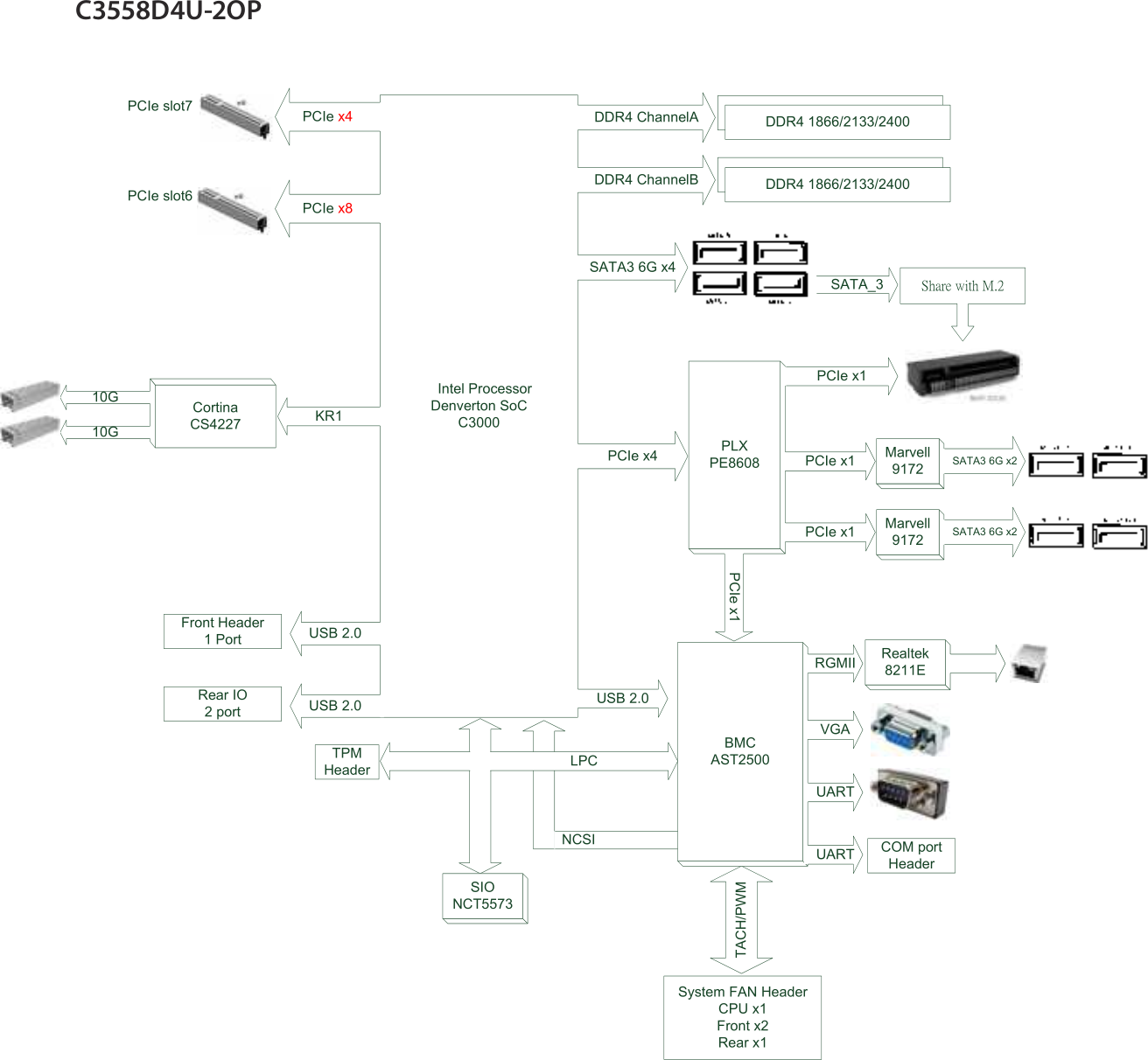pixelwave
Contributor
- Joined
- Jan 26, 2022
- Messages
- 174
I am currently looking to build a low power TrueNAS Scale system and stumbled over this board:
It has pretty much all I require at a nice price point and low power envelope. Only question is does anybody have experience with the 10GBase-SFP+ ports using "Inphi CS4227"? Do they work out of the box with Scale?
I know as a general hardware guideline Intel is preferred and Realtek should be avoided but what about this controller ...?
ASRock Rack C3558D4U-2OP
It has pretty much all I require at a nice price point and low power envelope. Only question is does anybody have experience with the 10GBase-SFP+ ports using "Inphi CS4227"? Do they work out of the box with Scale?
I know as a general hardware guideline Intel is preferred and Realtek should be avoided but what about this controller ...?

